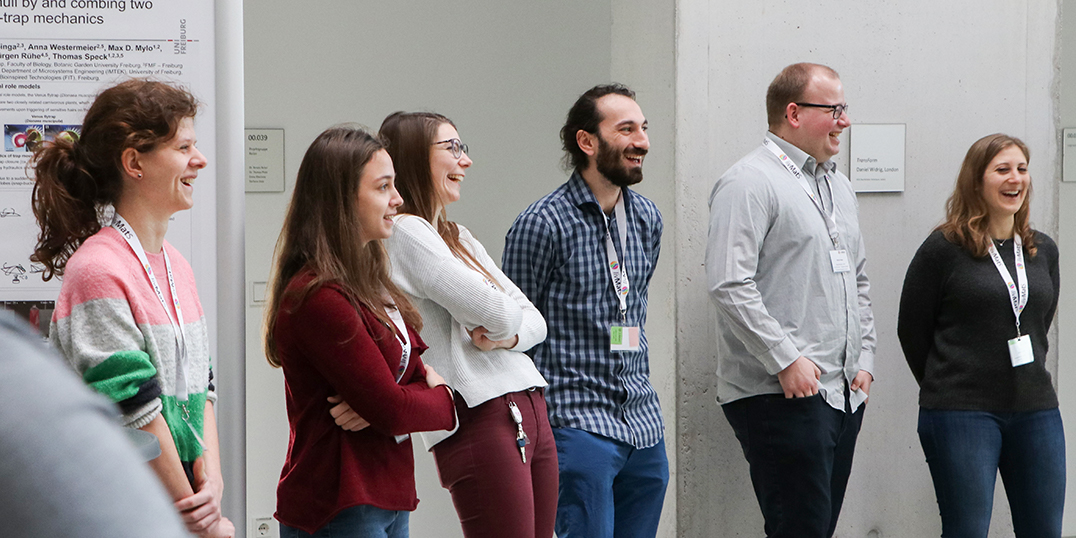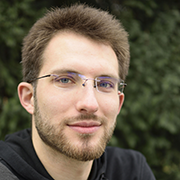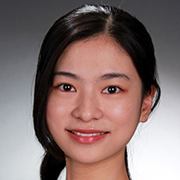News & Press
Contributing with one’s ideas to a diverse research community
Through its fellowship program, livMatS supports young scientists who are conducting research on materials science questions

With its fellowships, livMatS supports PhD students keen on developing their own research questions.
livMatS is committed to helping young scientists reach their research and career goals. To this end, the cluster has established a two-track fellowship program consisting of the Hermann Staudinger Fellowships and Agnes Pockels Fellowships – the latter specifically devised for female PhD students.
The cluster has put these fellowships into place with two objectives in mind: First, the cluster seeks to attract talented, aspiring PhD students from around the world keen on developing their own research questions within the livMatS research program under the guidance of experienced research group leaders. Second, with the Agnes Pockels fellowships, the cluster additionally supports female early career researchers who are currently underrepresented in the STEM sciences. Taking these two objectives together, the cluster strives to support a broad group of early career researchers and diversify its research community.
Contributing your own ideas to the cluster's research program
Following an international call for proposals, students propose a research project in collaboration with up to two livMatS Principal Investigators. Shortlisted candidates are given an additional month to fine tune the project pitch and then present it to the selection committee. Candidates must be knowledgeable about the cluster’s research program and be able to demonstrate how their idea contributes to the overall goals of the cluster and its interdisciplinary research. Selected candidates receive a three-year fellowship to pursue their ideas and obtain a doctorate degree.
First generation of fellows complete their doctorate
In 2019 and 2020, livMatS recruited six PhD students under its fellowship program. One of them, Stefan Conrad, is currently wrapping up his doctorate. Conrad, a Hermann Staudinger Fellow, conducted research in the cluster's demonstrators area. He investigated and constructed a multi-material 3D-printer, and used it to produce and research soft robotic elements based on material with embedded decision-making. After completing his doctorate, he will continue his research as a postdoctoral researcher in the DELIVER project at the University of Freiburg.
Dan Song, a second Hermann Staudinger Fellow from China, is also in the latter phase of her research project. She has been researching photochemically responsive materials for direct laser writing to generate 3D structures and micro-actuators within high precision. Two further PhD candidates will complete their research projects in the following months. Maryam Ramezaniaghdam, an Agnes Pockels recipient from Iran, is focusing on the production of recombinant spider silk protein, which can be implemented into novel materials. Seyedali Sabzpoushan, a Hermann Staudinger recipient also from Iran, is investigating how sporadic low-speed ambient wind can be harvested in a bio-inspired manner and used as an energy-source for self-sustaining small-scale systems.
New PhD students will start in spring 2023
Meanwhile five new fellows will join the cluster in spring 2023. Two male and three female PhD students from Turkey, Germany, Norway and India will embark on their respective research journeys in the fields of chemistry, theoretical physics, and cognitive science. Not only will their projects contribute to a richer research landscape within the cluster, but they will also help make livMatS a more culturally and disciplinary diversified community.
Stefan Conrad and Dan Song, who will complete their doctorate soon, recount their experiences within the fellowship program:

Why did you apply for the program?
I applied because the program offered the chance to participate in a cutting-edge project and a very privileged position due to the three-year contract. The close cooperation with other disciplines and institutions has been another big plus. How did the fellowship allow you to bring in your own ideas to the cluster’s research? The fellowship allowed me to present my own concept of how my PhD project could support the greater aims of livMatS. Initiative and creativity were highly valued during the entire three years and I was able to influence the direction of the project in close consultation with my supervisor. What do you take away from your time in the fellowship program? I have benefited a lot from the interdisciplinary tasks I was doing, which involved physics, materials science, engineering, and computer science. The opportunity to give talks and poster presentations at internal and public conferences has been a great chance to train my communication skills. Additionally, the close cooperation with colleagues and other work groups will be of high value in all future positions.
Why did you apply for the program?
I applied because the livMatS cluster has a very attractive research program – it is about exploring research in new living and adaptive materials and systems, which is a new paradigm in materials research. I believe such systems are very promising for a future society, and I want to contribute to the material development that helps to shape such an environment.
How did the fellowship allow you to bring in your own ideas to the cluster’s research?
Instead of restricting me to certain limited goals, the project gave me a main research direction and allowed me to contribute with my own ideas to the very broad and promising goals of livMatS. Thus, it encouraged me to work creatively, inspired and collaboratively. This freedom and inspiration in turn had a positive impact on the project performance.
What do you take away from your time in the fellowship program?
The entire three years were a great journey for my self-development in many aspects. I have been trained to be well-organized, problem-solving, creative and collaborative. Besides, I was encouraged and supported to attend congresses and conferences, which was a great opportunity to improve my presentation and communication skills. The multidisciplinary collaboration between materials science, engineering, physics and biology, allowed me to gain solid experimental skills and acquire a wide range of expertise.
